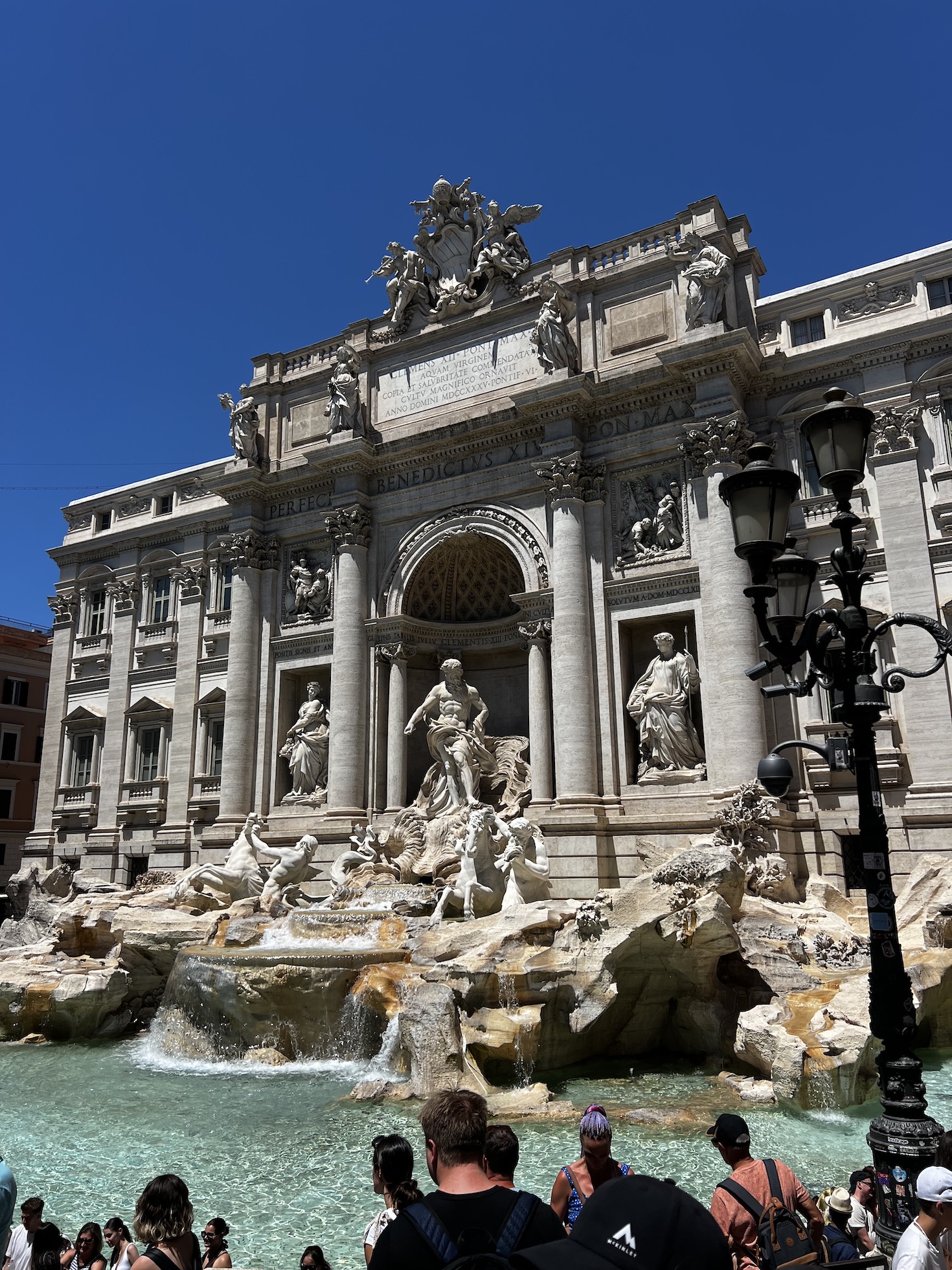By: Camila Felsing
The massive increase in tourists can bring much needed revenue and job opportunities to certain destinations. However, there are many negative factors that spiral from tourism. One of the most crucial issues is environmental degradation. Many natural landscapes are suffering from overuse and pollution. For example, the jaw dropping beaches of Thailand, once pristine, have seen a dramatic increase in litter and damage to coral reefs due to the large amount of visitors. This environmental toll not only threatens local ecosystems but also takes away the very attractions that draw tourists in the first place.
Being able to travel the world and visit breathtaking places is a common ability most people want to be able to have. Destinations like France, Spain, and Italy are extremely popular locations to spend a vacation because of the beautiful scenery and history. However, these countries also have the most tourist arrivals, meaning it is almost guaranteed to see tourists on every corner. Although tourism does not make popular locations any less attractive to accompanied tourists, it has a significant impact on the place’s residents and economy.
A notable cause of the destruction and overpopulation of these beautiful locations is social media. Many people find hidden gems within popular vacation spots, post a story on Instagram, and by the next month more people will have discovered it. This takes away the true beauty of nature because it no longer feels as special. Beyond environmental concerns, the social and cultural fabric of local communities can also be strained by tourism. The mass amount of visitors often leads to a rise in the cost of living, making it difficult for locals to afford housing and other essentials. In Venice, residents have voiced their frustrations over the use of their neighborhoods and the loss of cultural heritage, according to The Guardian. Traditional markets and local businesses frequently get replaced by tourist shops and restaurants, destroying the unique characteristics of these areas. These profits generated by tourism often do not stay within the community but are instead passed on to foreign companies.
On the other hand, there are some benefits to tourism. It can be seen as a powerful engine for economic growth and cultural exchange. In fact, one of the most significant benefits of tourism is its ability to stimulate economic growth. The flow of tourists brings in revenue that supports local businesses, creates jobs, and generates tax income for governments. In places like Bali, Indonesia, and Cancun, Mexico, the tourism industry has become a foundation of the local economy, provides employment opportunities, and drives infrastructure development. Tourism can also help preserve cultural heritage. Tourists often seek out unique cultural experiences, encouraging the preservation of arts, crafts, and customs.
Overall, tourism comes with both negative and positive impacts on communities around the world. By promoting eco-friendly tourism practices and ensuring that the benefits are equally distributed, destinations can allow tourism to create a brighter and more connected world.
Pictured: Trevi Fountain in Rome, Italy





